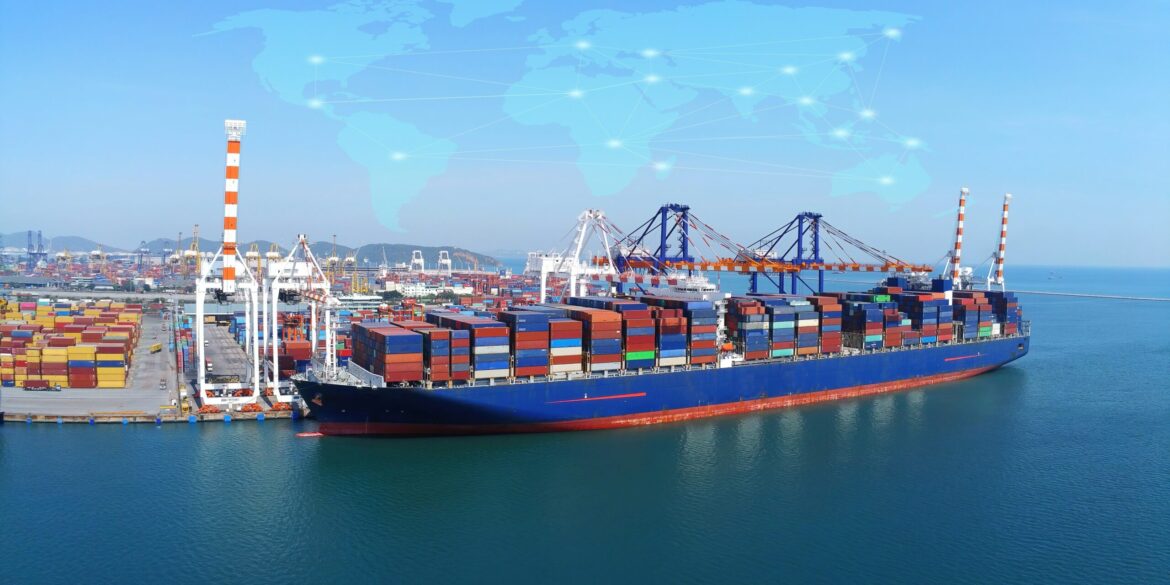The Trump administration has unveiled sweeping new tariffs on imported drugs, heavy trucks, and furniture, signaling one of the boldest shifts yet toward economic nationalism. Officials argue that these measures are intended to rebuild America’s manufacturing base, strengthen domestic supply chains, and reduce dependency on foreign suppliers in critical sectors. But as the dust settles, the country is left with a pressing question: will these tariffs succeed in reviving U.S. industry, or will they backfire, fueling inflation, disrupting trade, and undermining long-term economic stability?
Supporters of the move believe the tariffs represent a necessary corrective after decades of globalization hollowed out parts of the U.S. industrial landscape. By raising the cost of imported goods, they argue, the administration is effectively creating incentives for companies to bring production back home. The idea is that pharmaceutical makers, truck manufacturers, and furniture producers might expand or restart domestic operations if the competitive advantage of low-cost imports is eroded. Proponents also note that tariffs generate billions of dollars in government revenue, which can be reinvested in infrastructure or used as leverage in negotiations with trading partners. Advocates of this strategy often describe it as a tool for economic self-defense, one designed to secure jobs and safeguard industries viewed as strategically important for national security.
Critics, however, caution that tariffs rarely deliver their intended outcomes without significant collateral damage. At the most immediate level, import duties function as an added tax on goods, which raises costs for businesses and consumers alike. The inclusion of pharmaceuticals in the latest tariff round has sparked particular concern, given that higher medicine prices could fall hardest on elderly Americans, lower-income households, and patients who already struggle to afford life-saving treatments. In industries such as trucking and furniture, where many companies depend on imported parts or raw materials, costs are also expected to rise, putting pressure on small and mid-sized firms. Those additional expenses are often passed down to consumers, compounding the risk of inflation at a time when households are still adjusting to higher prices across a range of necessities.
Economists also warn of the international consequences. Tariff actions rarely occur in isolation, and foreign governments frequently retaliate by imposing their own duties on U.S. exports. If this cycle accelerates, American farmers, manufacturers, and service providers could find themselves squeezed out of key foreign markets. Trade wars of this kind can be especially punishing for export-oriented sectors like agriculture and aviation, where global demand is crucial. Analysts point out that retaliatory measures also contribute to uncertainty, leaving multinational firms hesitant to invest in long-term projects that depend on stable access to international markets.
Historical evidence suggests that tariffs, while sometimes effective in providing temporary relief for domestic industries, are not a cure-all. Earlier rounds of U.S. tariffs on steel and aluminum in 2018 and 2019 briefly raised production and investment in those sectors, but they also sparked complaints from downstream industries that rely on metal as an input. Many companies reported higher costs, reduced competitiveness, and in some cases, layoffs. That experience underscores a key challenge: tariffs may help a narrow group of producers in the short run, but they can impose broader costs on the economy as a whole.
Business leaders are also raising alarms about the impact on investment. Companies make decisions about factory expansions, hiring, and product lines based on assumptions of stability. Abrupt, sweeping shifts in trade policy erode that confidence, making firms less likely to commit to large capital projects. The result, according to some analysts, could be a chilling effect on growth just as the U.S. economy faces other headwinds, including elevated interest rates and slowing consumer spending.
The broader context highlights the difficulty of using tariffs as a primary tool for economic renewal. Many experts stress that tariffs can only be effective when paired with a comprehensive industrial strategy that includes workforce development, investment in technology, infrastructure upgrades, and incentives for innovation. Without such measures, tariffs risk protecting inefficient production rather than fostering globally competitive industries. Instead of sparking a manufacturing renaissance, the United States could find itself with higher prices, stagnating industries, and strained trade relations.
At the same time, there are those who argue that some degree of protectionism may be necessary in an era of geopolitical instability. The COVID-19 pandemic revealed the fragility of global supply chains, particularly in pharmaceuticals, where shortages created national vulnerabilities. In this light, tariffs can be seen as part of a larger effort to encourage self-sufficiency and reduce exposure to shocks from abroad. Advocates emphasize that if properly calibrated—targeted at strategic goods, time-limited, and paired with investment—the tariffs could serve as a bridge to a more resilient U.S. economy.
Ultimately, the question of whether the tariffs will prove a boon or burden comes down to execution and scale. If the administration manages to carefully balance protection with openness, shielding only the most critical industries while avoiding excess costs, the measures may yield some benefits. But if the approach is too broad or poorly managed, the United States could face higher inflation, damaged trade relations, and slower growth. Tariffs are a blunt instrument, and while they can provide leverage and breathing space, they are not substitutes for the deeper reforms and investments needed to sustain long-term competitiveness.
For now, businesses and consumers alike are bracing for the impact. Prices are expected to rise in the coming months, and trade partners are already signaling possible countermeasures. As policymakers weigh the political appeal of “buy American” rhetoric against the economic costs of higher prices and strained trade, the ultimate legacy of this tariff push will hinge on whether it strengthens the nation’s industrial core—or leaves it weaker in the long run.

